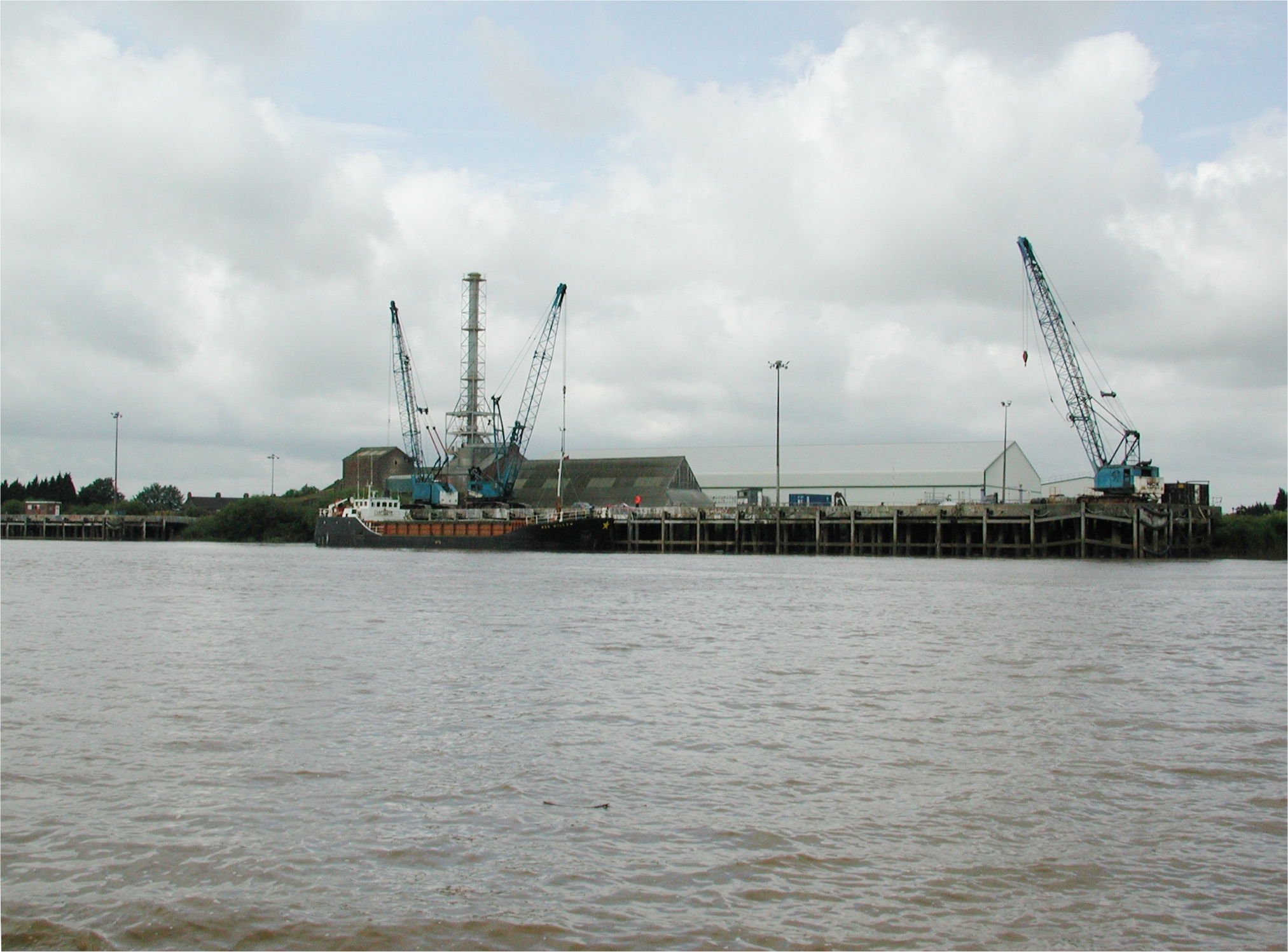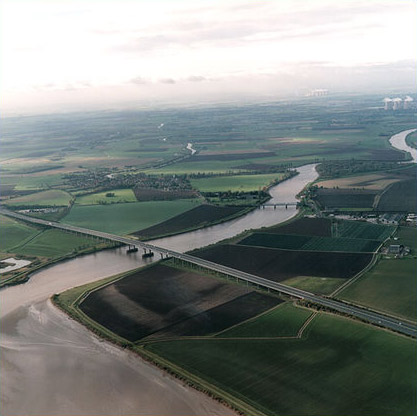Well here we are on the cusp of another year. Amazing isn't it! We have had some good weather here in Hull, not the snow or rain of further west. However it has been cold with a good frost overnight. That also means the clear skies make for beautifully clear and sunny day and good walking weather. We went the short distance to Hornsea on the coast and walked round all round the outside of the houses. We parked near the mere and circumnavigated the town. The beach was full of anglers as it appeared there was a match on. We had to make a tough decision as to whether to head off home or stop for a fish and chip lunch. The answer was stop for lunch. The next decision was Sullivan's or Whitehead's. We plumbed for Whitehead's. Hornsea is home to two very good fish and chip restaurants. We just got in before the rush and on emerging with full bellies we resolved to extend our walk to help the digestion. Secretly I think it was all a ploy for the girls to visit Hornsea Pottery outlet village as our route went through it. It was remarkably busy and we did stop for a couple of purchases on the way through. We were back home by 1500 feeling better for being out and about.

Looking south towards Spurn Point from Hornsea promenade with the Marine Hotel in the centre. The anglers didn't seem too cold with all the standing about but then they do get well togged up.
Looking north towards Bridlington and Flamborough Head, (couldn't see them today though). Note the caravans perilously close to the cliff edge. The low cliffs on the Holderness coast are made up of boulder clay and it is easily eroded with 2 or 3 metres been lost, even on a good year.
We haven't managed a trip to the boat yet but must go next week to check her out. I have a few jobs to do so I am hoping for at least one night aboard rather than rushing over everything. I had started to look to booking a Ribble Link Crossing as it seems they get booked up very quickly on in the New Year, but after seeing some friends yesterday I will scratch that for this next year I think. Helen and daughter and friends have got tickets for a Take That concert that I thought was in mid June but is in actual fast mid May. It was a good thing that we got it straightened out in good time. I am not thinking of starting out at the end of March. We may head to Sheffield again, or certainly further east from Dewsbury as I am helping out at the Hull Beer Festival in mid April. After that we will cross the Pennines over the Rochdale to Manchester and then make our way steadily to Birmingham for mid May and the concert. From I have a thought to head down the Severn to Gloucester and Sharpness with a view to passing out into the Severn Estuary and making the trip to Avonmouth, Bristol and Bath and then the Kennet and Avon. I didn't fancy doing a there and back up the K&A and it should be fun! After that we will maybe just wend our way back north slowly. Nothing set in stone as yet so we will see what happens.

Chart with the route from Sharpness to Avonmouth. Doesn't look very difficult on paper does it?
All the very best to each and every one of you that may read this blog now, or in the future. I hope that 2015 will be all that you would wish it to be for you and your family. If you are reading this in the future I hope that all is going/went well for you.
New Year's resolution; to take more time to stop and enjoy places on which ever routes we end up following, and not just on the canals. Stay safe everybody in 2015.















































